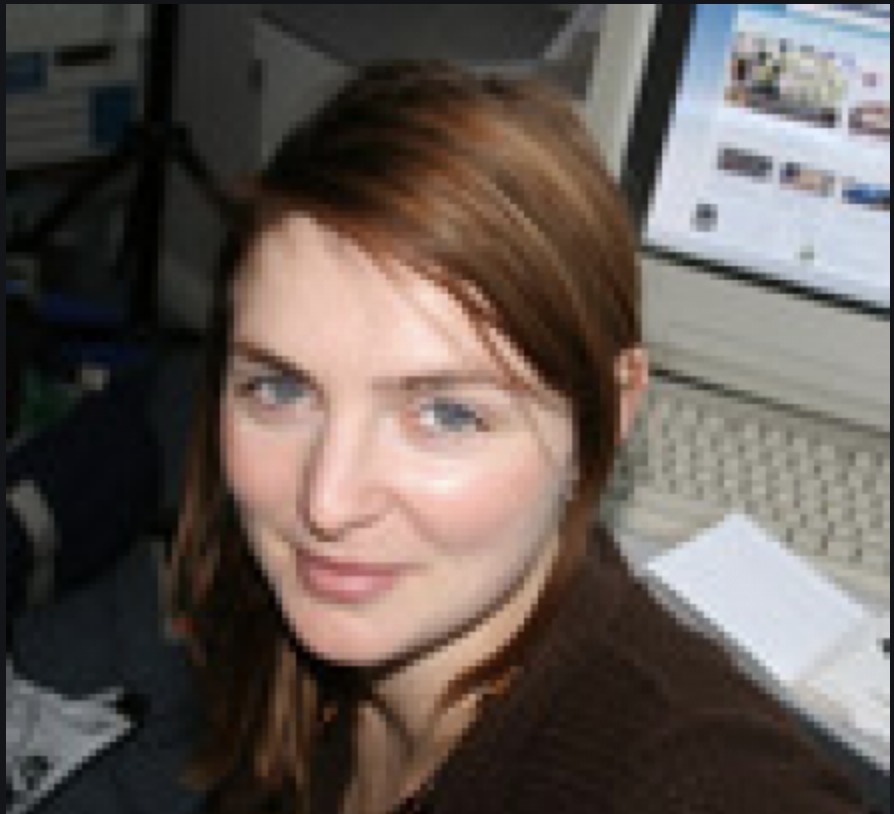KITAFUJI, Japan (21 June 2013) – Relatively little is known about how local forest people feel about schemes to reduce emissions from deforestation and forest degradation (known as REDD+), even though their participation contributes to equitable, efficient and effective outcomes.
Marina Cromberg, a consultant researcher for the Center for International Forestry Research (CIFOR) in Brazil, has been working with communities in the Amazon to find out what they think. Her research has just earned her a Prof. Elinor Ostrom International Fellowship on Practice and Policy on Commons, awarded to early-career researchers who explore linkages between research, practice and policy in the management of common resources.
Forests News caught up with Cromberg after the presentation ceremony at the 14th Global Conference of the International Association for the Study of the Commons (IASC) to find out more about her research.
This is an edited transcript.

Marina Cromberg presents to Amazon communities early research results of the Global Comparative Study on REDD+
Q: Could you please give us a bit of background on your research?
A: I have been involved with CIFOR and the Global Comparative Study on REDD+ since 2010 when I was a field research advisor in the Transamazon Highway region of the Eastern Brazilian Amazon, and I used these data for my research master’s. In my master’s, I looked at different aspects of the REDD+ project in the Transamazon area. I interviewed 137 households in four communities and held community and women’s meetings to find out local people’s perceptions and perspectives of REDD+.
Q: What were some of the community’s perceptions and how did they fit with the objectives of REDD+?
A: The main recommendation made by the communities was that the REDD+ project must contribute to their income and to their livelihoods through improvements in production systems and infrastructure. This REDD+ project intends to focus on three main mechanisms: land tenure regularization, improved agricultural systems through technical assistance, and payments for environmental services (PES) based on opportunity costs for avoided deforestation. The communities’ recommendations seem to be aligned with the project proposal. However, there are many criticisms about PES. Many farmers thought that this would cause them to be dependent on the payments, which could affect the economy of the community. Some were unhappy with the value being proposed. One said that this was “immoral charity” and that the cost of traveling to receive the payment would be more than the payment itself.
Q: What was the most interesting finding?
A: The idea of REDD+ is so new to them that it was interesting to see how it was perceived by the farmers and how they saw it as an opportunity to improve their livelihoods, but it was also interesting to hear about their concerns. Many of them see REDD+ as a command-and-control mechanism—another external force that has come to tell them what to do and will threaten their autonomy.
So I think the main message of the research is the importance of ensuring that they are the protagonists in the early design of the project.
Q: Why do you think this research won you a Prof. Elinor Ostrom Fellowship?
A: I think I won the award because there has not been much research on local perspectives of REDD+, and while many projects actually target local people, you don’t see many researchers writing about it from the local perspective. Through my research, I am trying to critically analyze the REDD+ mechanism and trying to make sure that it does not harm people in the long run, and instead help make it a good opportunity to protect their autonomy and bolster their livelihoods.
Q: How did being awarded the Fellowship make you feel?
A: It was unexpected, and I feel really privileged. It is nice to be here at the IASC to share my research, to learn a lot from people who are much more experienced than I, and to receive their feedback.
Q: How do you hope this research will be used?
A: I hope that it could be used for the Amazon Environmental Research Institute (IPAM) to shape their REDD+ project design. I care a lot about what local people have to say, and I want to give a voice to their feelings, hopes and worries and bring it to the academic world for discussion.
For more information on the issues discussed in this article, please contact Amy Duchelle at a.duchelle@cgiar.org
This research was carried out as part of the Global Comparative Study on REDD+ and the CGIAR Research Program on Forests, Trees and Agroforestry and was supported by AusAID, the Norwegian Agency for Development Cooperation (NORAD), the UK Department for International Development (DFID).
We want you to share Forests News content, which is licensed under Creative Commons Attribution-NonCommercial-ShareAlike 4.0 International (CC BY-NC-SA 4.0). This means you are free to redistribute our material for non-commercial purposes. All we ask is that you give Forests News appropriate credit and link to the original Forests News content, indicate if changes were made, and distribute your contributions under the same Creative Commons license. You must notify Forests News if you repost, reprint or reuse our materials by contacting forestsnews@cifor-icraf.org.




